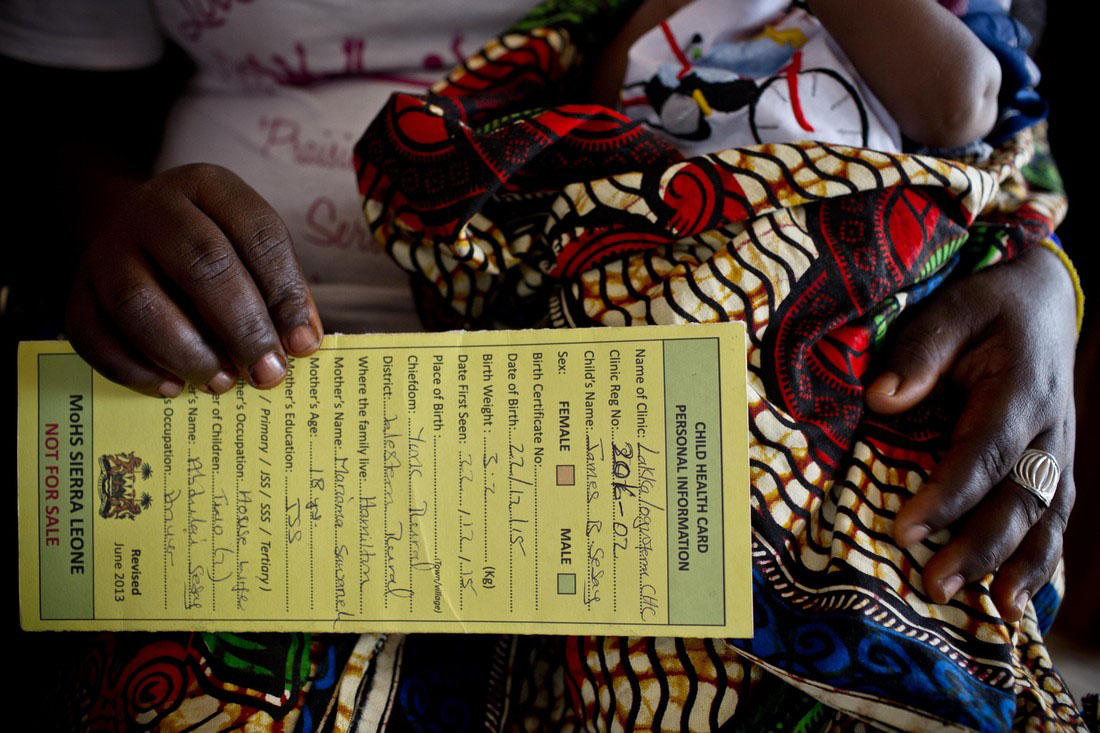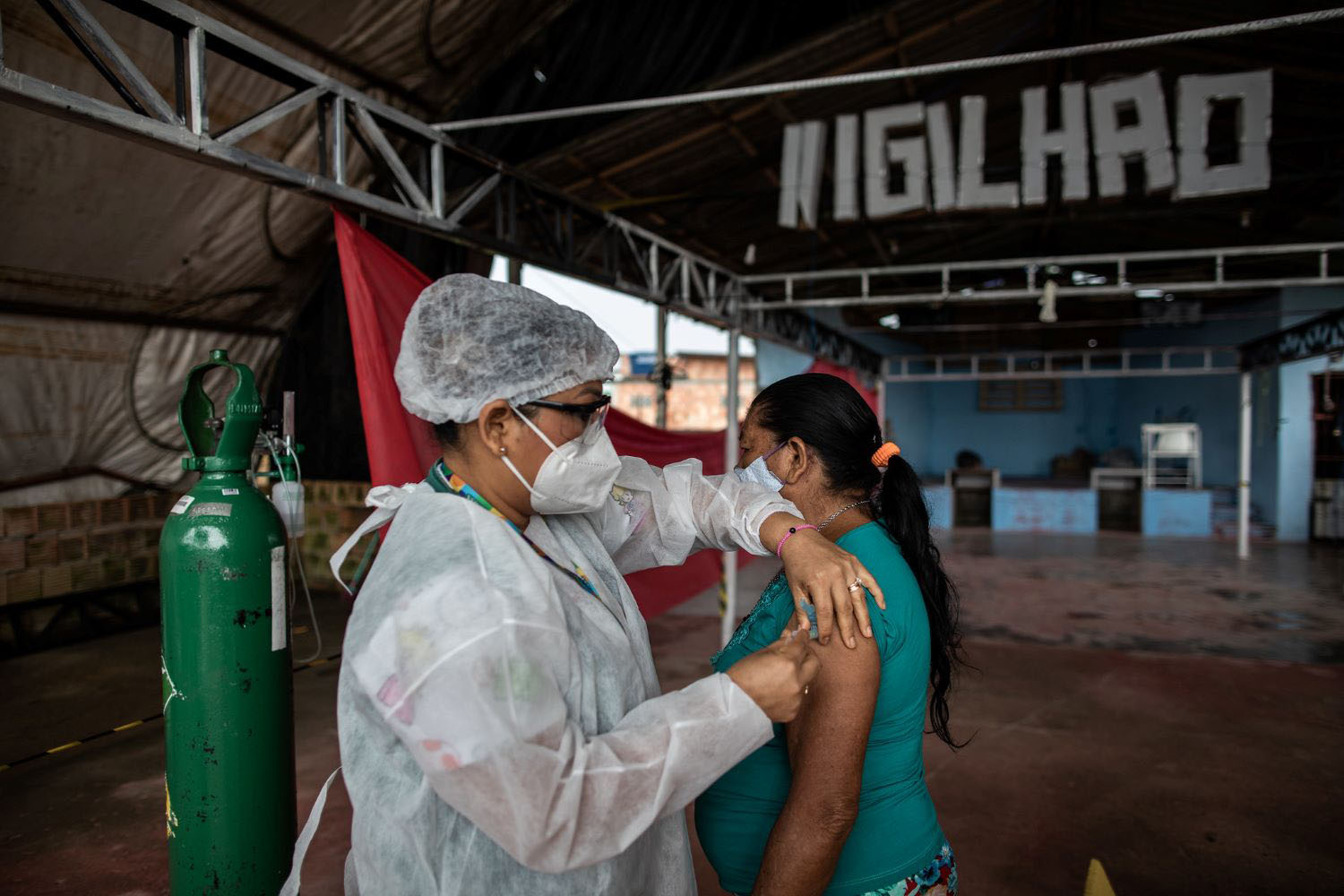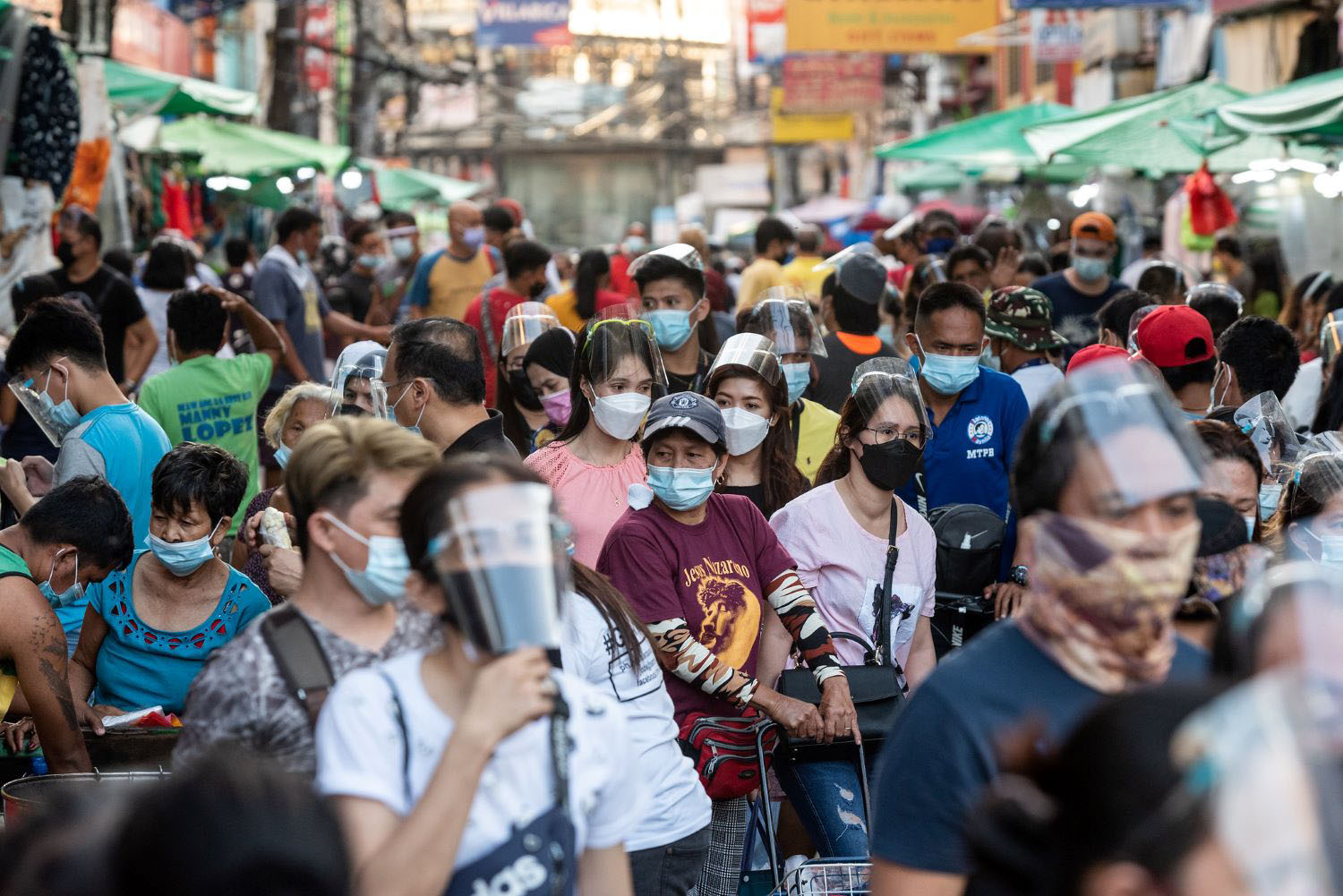Recommended


Blog Post
Gavi is facing several important milestones in 2024: developing its next five-year strategy, known as “Gavi 6.0,” gearing up for its upcoming replenishment, and welcoming its new CEO. This year presents an opportunity for Gavi’s board and leadership to revisit its approach to ensure continued impact, even amidst resource constraints.
Multiple disruptions in the broader global health and development landscape are putting pressure on Gavi’s ability to advance global immunization goals. For example, fiscal tightening and related challenges in the post-COVID-era are exposing shortcomings in Gavi’s income-based approach to eligibility. Under-vaccination is increasingly concentrated in middle-income countries (MICs), several of which are outside of Gavi’s traditional portfolio. And Gavi must address increasing calls to put countries in the driver’s seat by decentralizing decision-making and advancing regionally distributed manufacturing.
Below we highlight five areas for reform in Gavi 6.0, drawing on a new body of research by CGD colleagues that dives into specific disruptions on the horizon and proposes policy actions for Gavi’s leadership and board to consider. We encourage you to visit CGD’s Gavi 6.0 hub to dig deeper into this research and analysis.
Five areas for reform
1. Eligibility and transition
Gavi should revise its approach to eligibility and transition to reflect fiscal realities in the post-COVID era, guided first and foremost by alignment on the broader purpose of the model and clarity on core principles underpinning Gavi’s longer-term direction.
Read the analysis on countries’ eligibility and transition trajectories and a summary of implications for Gavi.
2. Engagement with middle-income countries
Gavi should operationalize broader engagement with MICs, building on its comparative advantage in market shaping, to include enabling an expanded cohort of countries to access more affordable vaccine prices and supporting a global coordinating hub to shape a forward-looking immunization innovation agenda.
Read the paper on expanding Gavi’s engagement with MICs and analysis on vaccine coverage rates in former Gavi-eligible MICs.
3. Regional vaccine manufacturing and procurement
As it operationalizes the African Vaccine Manufacturing Accelerator, Gavi should explicitly acknowledge the trade-offs between investing in sustainable routine immunization manufacturing and resilient supplies for health emergencies; work closely with partners to create the enabling ecosystem including regulatory arrangements; and set realistic ambitions given the timeframe and budget envelope.
Read commentary on foundational questions and key considerations for AVMA, plus analysis on the role of regulation in advancing African vaccine manufacturing.
4. New financing approaches
Gavi should pilot a new compact with select partner countries that prioritizes country-led financing of the most cost-effective vaccines, with external aid provided “at the margin.”
Read more on the New Compact approach.
5. Immunization systems strengthening
Gavi should leverage its role in scaling new technologies and market shaping to fill critical systems-level gaps to improve immunization—and health service—delivery. In addition, Gavi’s new First Response Fund should be complemented by a more comprehensive approach to financing pandemic preparedness and response.
Read the analysis on Gavi’s role in scaling innovations for immunization and health systems and Gavi’s role in the broader landscape of pandemic financing.
Next steps for Gavi
We urge Gavi’s board and leadership to use the Gavi 6.0 strategic period to set Gavi on a course for continued impact in the shifting global landscape. In some cases, proposed changes may require more substantial shifts to Gavi’s financing and operational arrangements and may therefore need to be rolled out on a more incremental basis. The next five years offer a window of opportunity to experiment with testing new approaches on a smaller scale before wider roll out. And, most importantly, to learn from such efforts in charting the way forward.
With the end of the Sustainable Development Goals era in sight, Gavi’s next chapter must be a moment for bold and radical change.
Disclaimer
CGD blog posts reflect the views of the authors, drawing on prior research and experience in their areas of expertise. CGD is a nonpartisan, independent organization and does not take institutional positions.
Image credit for social media/web: Gavi / Flickr








